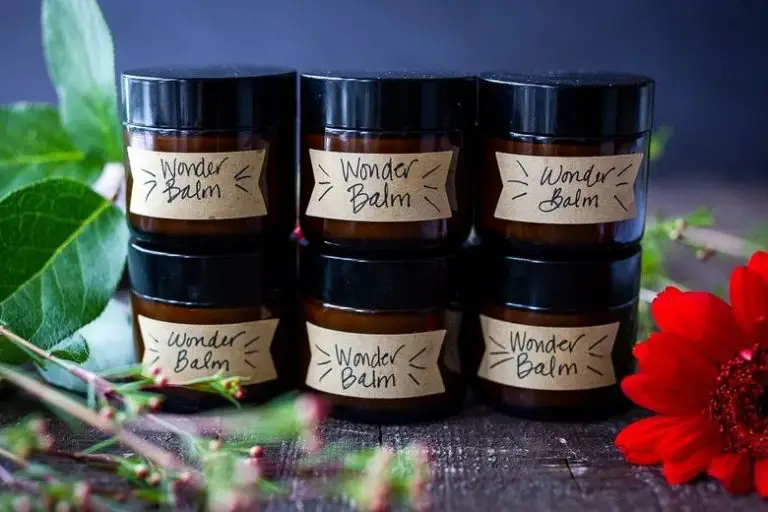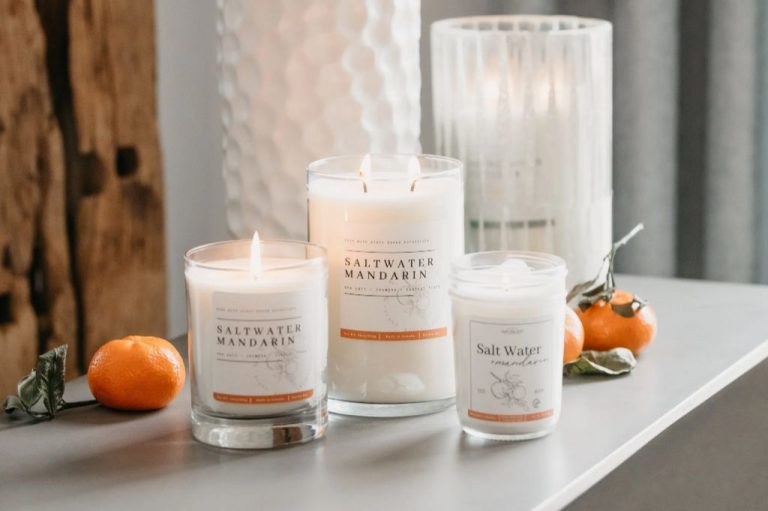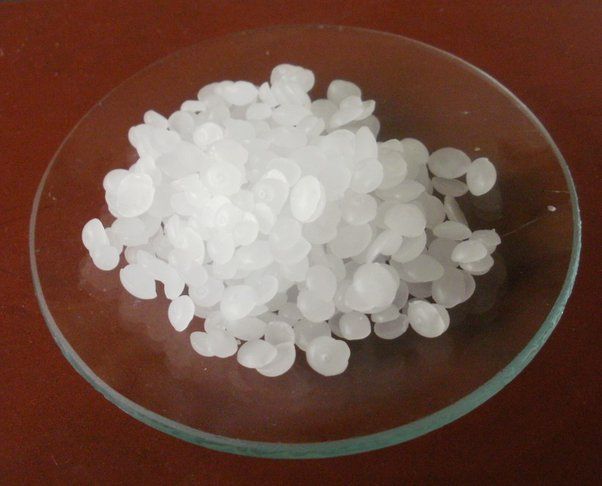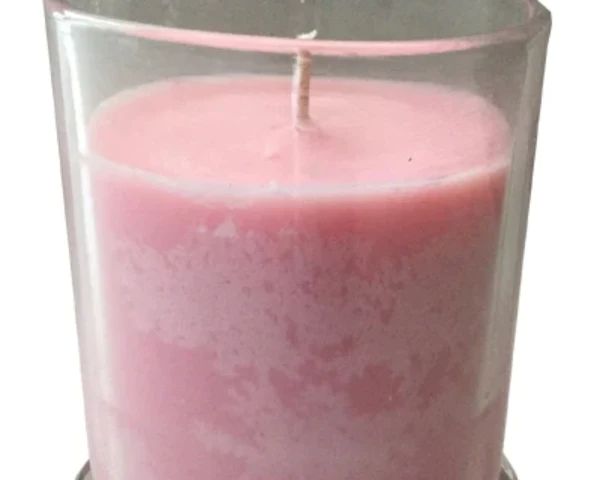Which Wax Is Edible?
What is Edible Wax?
Edible wax is any wax that is acceptable for human consumption and is safe to eat. Waxes are commonly added to food to serve functional purposes like moisture retention, preservation, gloss, and lubrication. Edible waxes come from both plant and animal sources.
Some of the most common edible waxes include beeswax, candelilla wax, carnauba wax, rice bran wax, and soy wax. These waxes are derived from natural ingredients like plants, honeycomb, and vegetable oils. They have a long history of use in food production going back centuries.
Coating fruits, vegetables, nuts, and candy with a thin layer of edible wax helps regulate moisture loss and respiration, extend shelf-life, and improve appearance. The practice of waxing food dates back to Ancient Egypt when waxes were used to preserve fruit. Today, edible waxes make up an important part of food processing and safety.
Beeswax
Beeswax is a natural wax produced by honey bees in their hives. It is made from the bees’ own metabolized honey. Worker bees consume honey and secrete beeswax from wax-producing glands on the abdomen. The wax is used by bees to build the honeycomb structure of their hive.
To harvest beeswax, beekeepers melt the honeycomb in hot water or with steam. The wax rises to the surface and solidifies into a blocks, while the honey stays below. The wax is then filtered and molded into various shapes. Beeswax varies in color from yellow to brown depending on purity. Lighter colored wax is more processed and filtered (1).
Beeswax has many culinary uses thanks to its nontoxic, edible qualities. It is commonly used as a food glaze or sealant. Beeswax can be used to lightly coat cheese for protection. It also helps seal in moisture in baked goods. Edible beeswax candles are popular for background ambiance. Beeswax is sometimes used as a vegan substitute for gummy candies. It has very minor health benefits when consumed, mainly fiber and vitamin A. Compared to paraffin wax, beeswax is considered an edible, nontoxic alternative (2).
Candelilla Wax
Candelilla wax is a plant-based wax derived from the leaves of the Candelilla shrub native to northern Mexico and the southwestern United States. It has been used as a wax for over a century. To produce candelilla wax, the leaves and stems of the Candelilla plant are boiled in water, causing the wax to rise to the surface where it is skimmed off and refined. The resulting wax is hard, odorless, and light yellow in color.
Candelilla wax has applications as a glazing agent, binder, and chewing gum base in food products. It can provide a protective coating for fruits, vegetables, candy, and chewing gum. Candelilla wax is also used to make vegan lip balms and lotions due to its emollient properties. It is sometimes used as a substitute for carnauba wax in cosmetics as well as a replacement for beeswax in food products to provide an edible and vegan alternative.
Candelilla wax is generally recognized as safe (GRAS) for consumption by the U.S. Food and Drug Administration up to 8 grams per day (source). It has not been shown to have any significant side effects when consumed in food. Some studies have suggested minor benefits related to skin barrier function, moisture retention, and gastrointestinal effects when taken as an oral supplement.
Carnauba Wax
Carnauba wax comes from the leaves of the Copernicia prunifera palm, which is native to northeastern Brazil. It is obtained by collecting and drying leaves, then beating them to loosen the wax. The wax is then filtered and refined before being exported for various industrial and culinary uses (Hyperlink:The Dangers of Carnauba Wax Explained: Stay Safe!).
Carnauba wax is a common ingredient in candies, chocolates, baked goods, and even some beverages. It is added to provide a glossy sheen, help emulsify ingredients, improve texture, and act as a release agent. Food-grade carnauba wax is generally recognized as safe for human consumption by the FDA (Hyperlink:Carnauba Wax Facts | Wax Manufacturing Company).
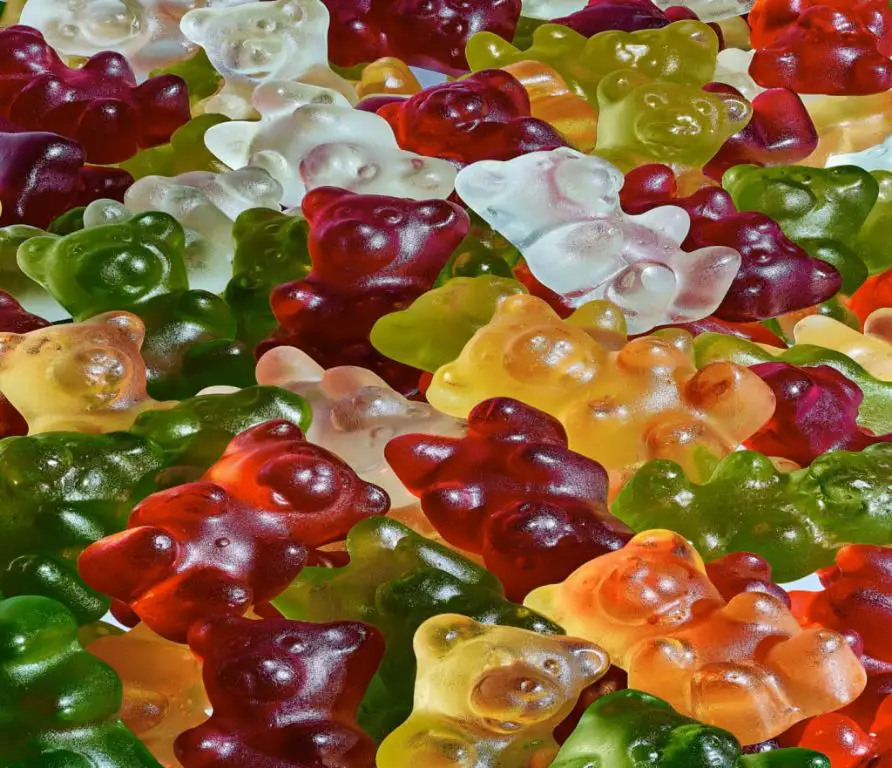
While safe to ingest for most people, some may experience GI upset from carnauba wax. Those with coconut or palm allergies should also exercise caution, as cross-reactivity is possible. Overall, carnauba wax is considered a non-toxic, natural wax that serves various functions in food production and culinary arts (Hyperlink:Carnauba wax uses in food – A review).
Rice Bran Wax
Rice bran wax is a natural wax derived from rice bran oil. It is extracted during the process of refining rice bran oil. Rice bran wax has a high melting point and is commonly used as a substitute for carnauba wax in food, cosmetic and industrial applications.
Rice bran wax is considered food-grade and edible. It is approved by the FDA for use as a direct food additive (21 CFR 172.886). Some of the food applications where rice bran wax is used as an additive include:
- Coatings for fruits and vegetables
- Chewing gum base
- Chocolate and confectionery
- Bakery products
Rice bran wax contains components like oryzanol, tocotrienols and tocopherols which have antioxidant properties. Some studies suggest it may provide certain health benefits, however more research is needed. When used in moderation as a food additive, rice bran wax is considered safe for consumption.
Overall, rice bran wax is a plant-based, renewable and biodegradable wax that serves as a useful alternative to petroleum or animal-derived waxes. With FDA approval for use in food, rice bran wax is one of the edible waxes available commercially (Source).
Soy Wax
Soy wax is made from hydrogenated soybean oil. It is commonly used to make candles, but is also found in some food products. Soy wax is valued in candle-making because it burns longer and cleaner than paraffin wax. It also holds scent better (1).
Soy wax is produced by hydrogenating soybean oil to increase its melting point and make it solid at room temperature. The hydrogenation process converts the unsaturated fatty acids in soybean oil to saturated fats through the addition of hydrogen atoms. This improves the oil’s oxidative stability, allowing it to be used for candles and other applications (2).
In food, soy wax can provide a protective coating or glaze. It is sometimes used to coat produce like bell peppers, eggplants, and cucumbers to help retain moisture. Soy wax can also help candy retain its shine and prevent ingredients from separating. The FDA recognizes soy wax as GRAS or Generally Recognized As Safe for consumption (3).
Some research indicates soy wax may offer health benefits compared to paraffin wax. One study found soy candles produced fewer emissions of potentially hazardous volatile organic compounds like benzene and toluene. Soy wax itself is non-toxic and biodegradable. However, more research is still needed on its health effects (4).
Overall, soy wax is valued as a natural, clean-burning alternative to paraffin that is also edible and may have potential health advantages.
Paraffin Wax
Paraffin wax is a soft, colorless, tasteless, odorless wax derived from petroleum. It is solid at room temperature and begins to melt at around 37°C (99°F). Paraffin wax consists mostly of straight chain n-alkanes with 18 to 60 carbon atoms.
Paraffin wax is produced from the distillation of crude oil. The crude oil is first separated into various fractions through fractional distillation based on differences in boiling points. One of the fractions, the heavy naphthenic distillate, is then further distilled under vacuum to isolate the paraffin wax.
Paraffin wax has been commonly used in chewing gum since the late 1800s. It helps provide the gum base with the desired texture and extend the shelf life. The food-grade paraffin wax used must meet purity standards for human consumption.
Though considered edible, some health concerns have been raised over paraffin wax. The European Union classifies it as a permitted food additive, but requires labeling on products containing it. The FDA also allows food-grade paraffin wax as a direct and indirect food additive. However, paraffin wax is believed to be minimally absorbed in the gut so there is negligible toxicity. Overall, food-grade paraffin wax is considered safe in chewing gum and other food products in low amounts.
Sources:
https://paraffinwaxco.com/food-grade-paraffin-wax/
https://blendedwaxes.com/blog/3-facts-about-food-waxes/
Shellac
Shellac is a natural resin secreted by the female lac beetle.Shellac provides a glossy sheen and protective coating, so it is commonly used in agriculture as a shiny wax coating on fruit and nuts. The raw shellac flakes are refined and processed into a glaze or coating that is approved for use on food products.[1]
Shellac has been used for centuries as a glaze on confections and candies. When used in small quantities, it is considered safe for consumption. Shellac helps provide a shiny, appealing look to foods. Some common edible uses of shellac include coatings on chocolate, coffee beans, chewing gum, frozen foods, jam,sauces, and wine.[2]
Consuming large quantities of shellac could potentially lead to minor stomach upset in some individuals. But overall, shellac is not known to have any major toxicity or health risks when used properly as a food glaze. It provides an attractive, protective coating without posing safety concerns. Shellac enables candies, fruits, and nuts to have an appealing waxed shine.
[1] https://www.afsuter.com/product-category/industry/food-agriculture/
[2] https://www.dmshellac.com/food-grade-shellac/
Wax Coatings
Edible waxes are commonly used as coatings and glazes on foods to help preserve freshness and moisture. One of the most popular uses of edible wax is in chocolate production. The cocoa butter in chocolate acts as a natural wax coating to help form the solid structure of the chocolate bar. Other confections like candy and gum utilize edible waxes like beeswax, carnauba wax, or shellac to provide a protective barrier and improve texture.
Fruits and vegetables are also frequently coated in a thin layer of edible wax before being shipped to market. The hydrophilic properties of waxes allow them to form a semi-permeable barrier that retains moisture while still allowing for respiration. Wax coatings slow down oxidative browning and water loss, helping to extend the shelf life of fresh produce. Common waxes used for this purpose include carnauba wax, beeswax, and shellac.[1]
When used properly, food-grade waxes can provide a safe and natural way to protect foods during storage and transportation. However, some consumer groups have raised concerns about potential health effects of wax coatings on produce. Overall, research indicates minimal risk, but it highlights the importance of purchasing waxes specifically approved for food use.
[1] https://fruitgrowers.com/which-post-harvest-wax-coatings-are-the-best-for-food-safety/
Safety and Regulations
When it comes to food safety, the FDA carefully regulates the use of waxes on fruits and vegetables. According to FDA guidance, waxed produce is considered adulterated if the wax “conceals damage or inferiority or contains a deleterious substance” (FDA CPG Sec. 562.550). The FDA has approved certain waxes like carnauba wax, beeswax, and petroleum wax for coating raw fruits and vegetables (21 CFR 172.886).
Shellac and paraffin wax cannot be used as food additives and are not approved for edible coatings (21 CFR 178.3850). Manufacturers must follow proper labeling requirements if a fruit or vegetable has been waxed or coated.

